Completion of the Potala Palace - Daaga
205 views · Organized by 弥光 on 2022-03-09
The Potala Palace, located on the Red Mountain in Lhasa, is a world cultural heritage and a masterpiece of Tibetan architecture. It embodies the wisdom of the Tibetan people and is still a miracle in the history of world architecture, known as the "Pearl on the Roof of the World". Entering the Potala Palace from the main entrance, walking up the steps, you can see the smooth top of the wall and the roof. Walking into the palace, the smooth ground also attracted the attention of many people. These are the use of a unique craftsmanship in Tibetan architecture - "Daga".
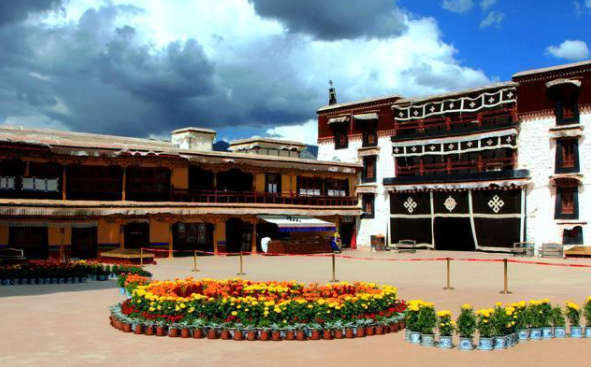
The process of "playing Aga" is very complicated. First, the mined rough "Aga soil" is spread on the pebbles and the compacted soil layer, about 10 cm thick, and then rammed with "silk duo" after being sprayed with water. "Bo Duo" is a special Tibetan tool for "playing aga". The top is a wooden stick and the bottom is a bluestone with a hole in the middle. While ramming, lay a layer of "Aga soil" that is thinner than one layer, and keep pouring water until the surface of the slurry is smooth and clean. Then, smooth the ground with pebbles, and then wipe the ground two or three times with the juice soaked in elm bark. Finally, it is coated with highland barley oil and honey, which are common in Tibet, to increase its water resistance. After a thousand hammers, Aga is very strong. People can clearly see that Aga clods of different sizes are inlaid on the ground, mixed with ochre red resin, bright and smooth, and feel like natural marble.
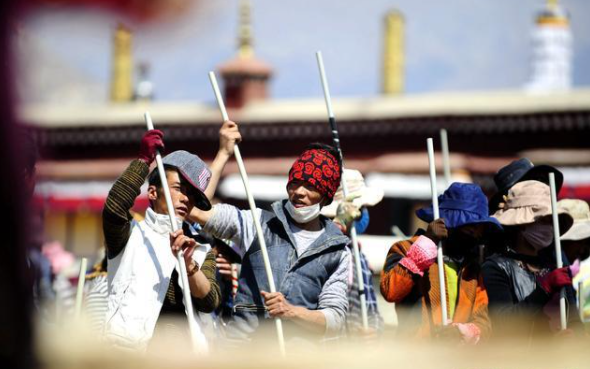
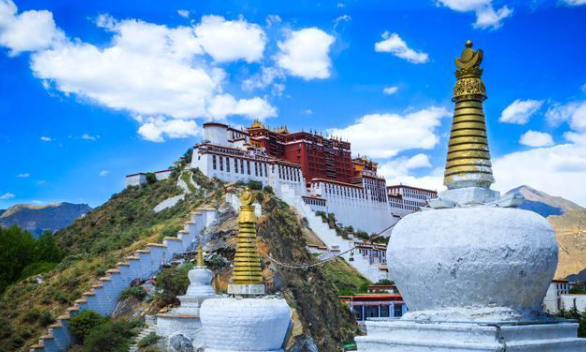
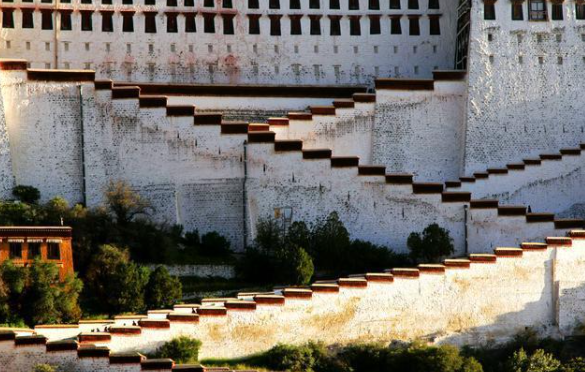

The process of "playing Aga" is very complicated. First, the mined rough "Aga soil" is spread on the pebbles and the compacted soil layer, about 10 cm thick, and then rammed with "silk duo" after being sprayed with water. "Bo Duo" is a special Tibetan tool for "playing aga". The top is a wooden stick and the bottom is a bluestone with a hole in the middle. While ramming, lay a layer of "Aga soil" that is thinner than one layer, and keep pouring water until the surface of the slurry is smooth and clean. Then, smooth the ground with pebbles, and then wipe the ground two or three times with the juice soaked in elm bark. Finally, it is coated with highland barley oil and honey, which are common in Tibet, to increase its water resistance. After a thousand hammers, Aga is very strong. People can clearly see that Aga clods of different sizes are inlaid on the ground, mixed with ochre red resin, bright and smooth, and feel like natural marble.
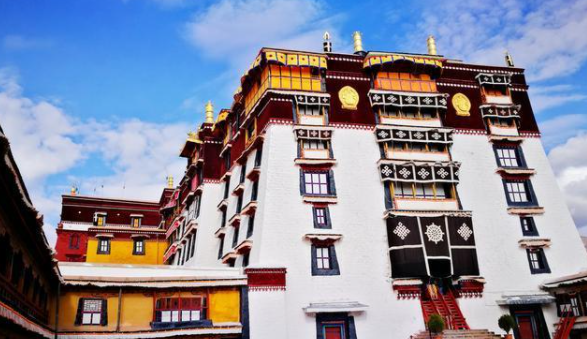
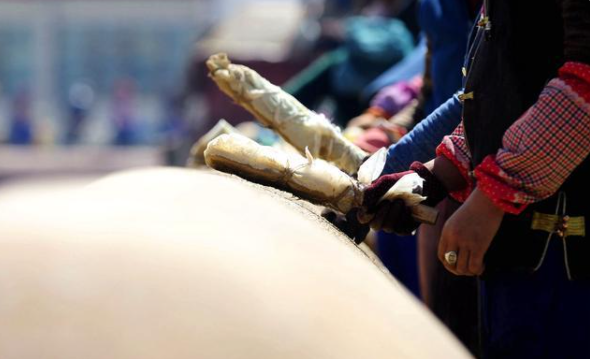
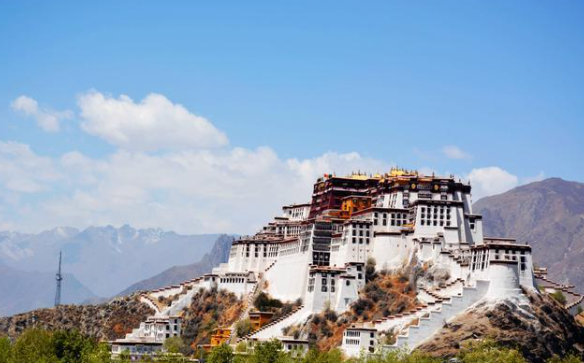
Involving musical instruments
Aga (pinyin: Ā gā), a Tibetan body-sounding musical instrument. Popular throughout the Tibet Autonomous Region. It is a rammed musical instrument, which is made by inserting a long wooden stick into a flat round stone. The stone diameter is 12 cm to 18 cm, the stone thickness is 2 cm to 4 cm, and the length of the wooden stick is 130 cm to 150 cm. The diameter of the wooden stick needs to match the stone hole.
 渝公网安备 50010702504639号
渝公网安备 50010702504639号